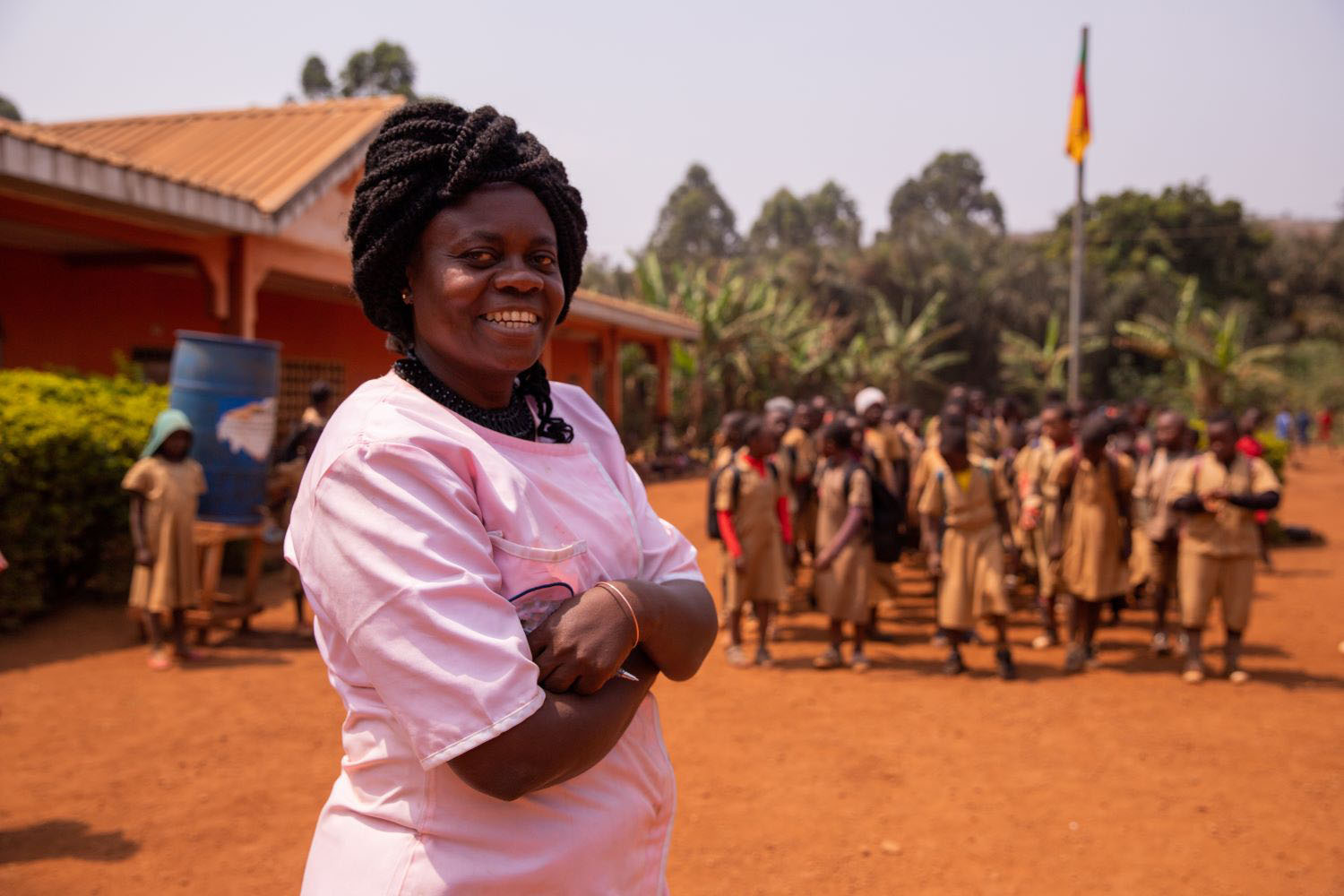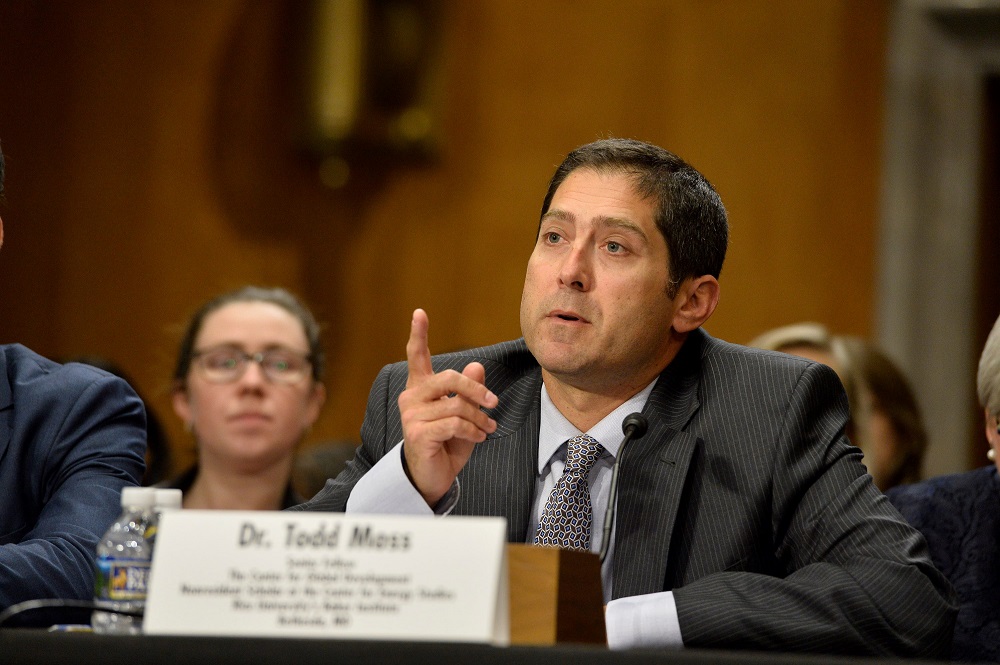During a recent House Foreign Affairs Subcommittee hearing on food security and nutrition in Africa, Ranking Member Karen Bass (D-CA) posed two fundamental questions about Feed the Future to a panel of expert witnesses. “How should we reform Feed the Future? Do you think we should expand the initiative?” President Obama’s flagship food security initiative aims to raise the incomes of smallholder farmers while also tackling undernutrition. Along with our colleague Casey Dunning, we have been exploring the very questions asked by Congresswoman Bass. While we’re not ready to answer in full, based on our review of available data we do have some initial thoughts.
Feed the Future has succeeded in bringing much needed attention to the pressing challenge of food security. We find the initiative has spurred an increase in the share of overall US aid for agriculture and nutrition. And this aid is increasingly concentrated in the 19 Feed the Future focus countries. We also find that the administration has done well in selecting focus countries with significant needs and opportunities for partnership. The chosen countries have higher levels of hunger and poverty than their low and lower middle income peers. But they also have relatively better institutions, given their income levels. This is important because it suggests that while targeting need, there has also been concerted effort to ensure that the results will be sustainable.
There is still plenty of room for improvement, particularly when it comes to encouraging country ownership and increasing transparency. First, the initiative could do better to promote country ownership in both the design and delivery of its programs. Very little of the money goes through country systems and about a third of it is still tied, undermining efficiency, effectiveness, and capacity-building in recipient countries. Second, while Feed the Future’s commitment to transparent reporting and rigorous evaluation is commendable, there are several gaps. We have found it difficult to track Feed the Future spending in any detail. And, five years after its launch, the initiative is only just beginning to report on impacts. As one of us argued previously in more detail here, the “results” reported so far are not really results at all. It is difficult to directly link Feed the Future investments to progress on reducing poverty and undernutrition in targeted areas. With limited data on impacts, it’s too early for a clear assessment of where and how (or if) to expand. Instead, this is the time to take stock and learn what is and isn’t working in the current focus countries.
Legislation in the House and Senate would help ensure the initiative’s continuation beyond the current administration. While it’s premature to step on the gas and expand Feed the Future, we nonetheless applaud the bipartisan support for a food security strategy, one that gives agriculture and food security the prominent role it deserves in US development policy. And we are pleased to hear members of Congress asking smart questions about the future of these efforts.
CGD blog posts reflect the views of the authors, drawing on prior research and experience in their areas of expertise.
CGD is a nonpartisan, independent organization and does not take institutional positions.




